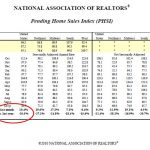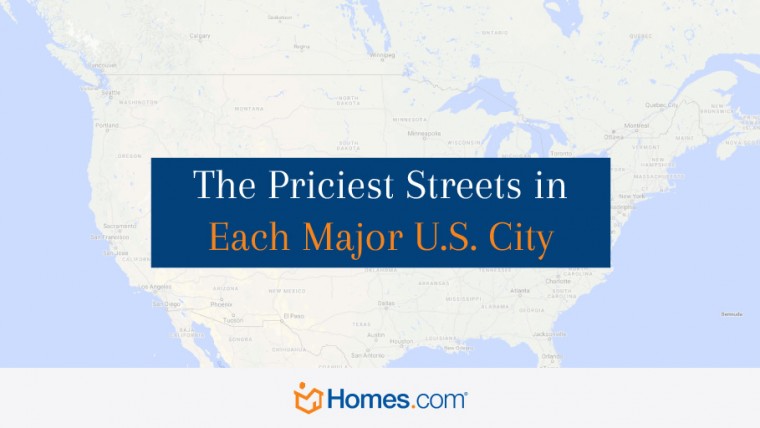$60,000 is a lot of money for most of us, myself included. That is, however, the amount needed to put 20% down on a home with a $300,000 purchase price, the average American home price outside the heartland. Add your closing costs, your moving expenses, some new furniture and all the little expenses associated with a new home purchase to that $60,000, and it is simply more than many can manage to afford.
Thankfully, 20% down is not required to purchase a new home.
You will need as little as 3.5% if you use a FHA mortgage and typically no more 5% down on a conventional (Fannie Mae / Freddie Mac) mortgage. $10,000 sounds a lot more manageable right? Putting less than 20% down is common, but it does come with an added cost in the form of private mortgage insurance, also known as PMI.
It’s important to understand the ins and outs of private mortgage insurance. You need to know what drives the cost of the PMI, but also if and when you can eliminate it from your monthly mortgage payment.

What is Private Mortgage Insurance?
Private Mortgage Insurance (PMI), is a tool used to protect mortgage lenders against a loss on loans that have higher risk factors. Usually, your loan-to-value ratio is the trigger. Over 80% LTV and you pay for private mortgage insurance; put 20% down on conventional financing and you don’t.
FHA loans, for the most part, always have mortgage insurance regardless of down-payment. It is fixed at the same amount for most borrowers, regardless of your credit worthiness or other factors that come into play on loans where conventional mortgage financing is used. Private mortgage insurance has no direct benefit to you as a borrower other than its very existence expands the ability for mortgage lenders to reach more potential borrowers and facilitate more home purchases. Although it can be sometimes be expensive, PMI serves a vital purpose.
The primary problem is that some lenders are restrictive on both types and providers of private mortgage insurance, while others are simply ignorant to the options.
- Single Premium Financed MI – Single premium MI works the same way as the upfront mortgage insurance on an FHA loan – it’s financed into the loan balance.
- Lender Paid MI – When your mortgage lender pays the MI they typically do it through an adjustment to the interest rate of your loan. You don’t see the mortgage insurance on your statement, but you are paying for it.
The higher interest rate is for the life of the mortgage, so if you plan on living in your new home for decades without refinancing, then lender paid MI is probably best avoided.
- Monthly MI – doesn’t need a lot of explaining. You pay it every month until you can drop the mortgage insurance from your loan. To drop the MI, you need to reach 78% or less on your loan-to-value.
Generally, monthly MI is the only option you are quoted by your lender. It pays to inquire about ALL the mortgage insurance options, though. Making the best PMI choice can result in thousands saved or thousands wasted.
Amazon.com Best-selling author, Shashank Shekhar (NMLS 8176) is a mortgage lender with Arcus Lending, offering loans for home purchase and refinance. Shashank has been featured as a mortgage expert on Yahoo! News, ABC, CBS, NBC and FOX. He has been named "Top 40 under 40" most influential mortgage professionals in the country.

















